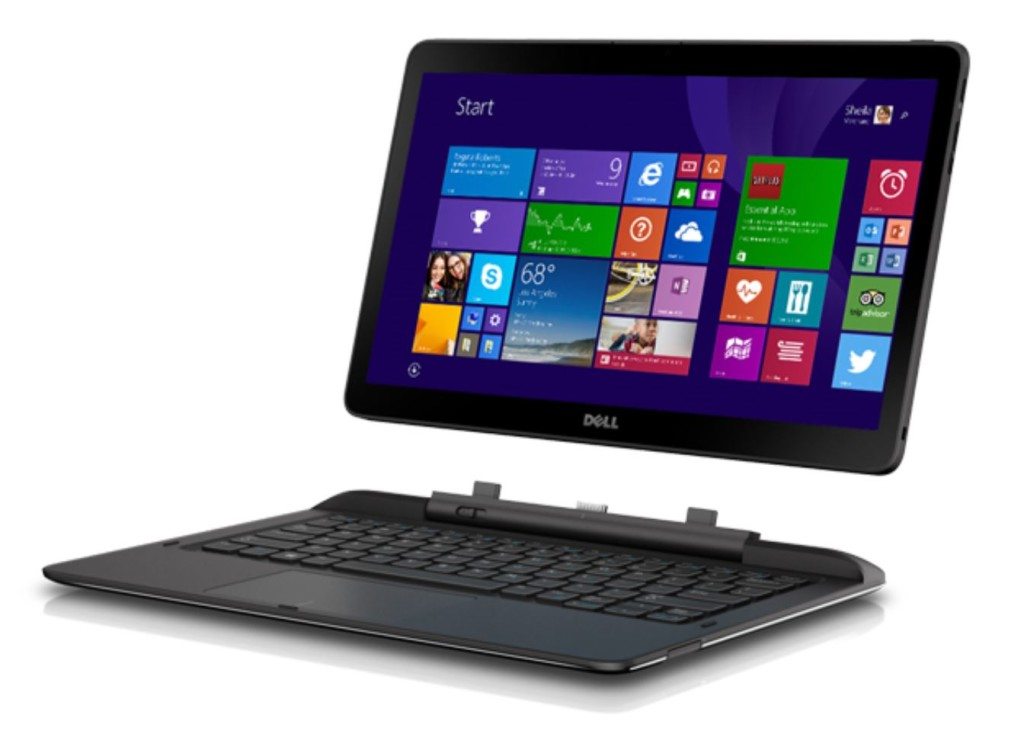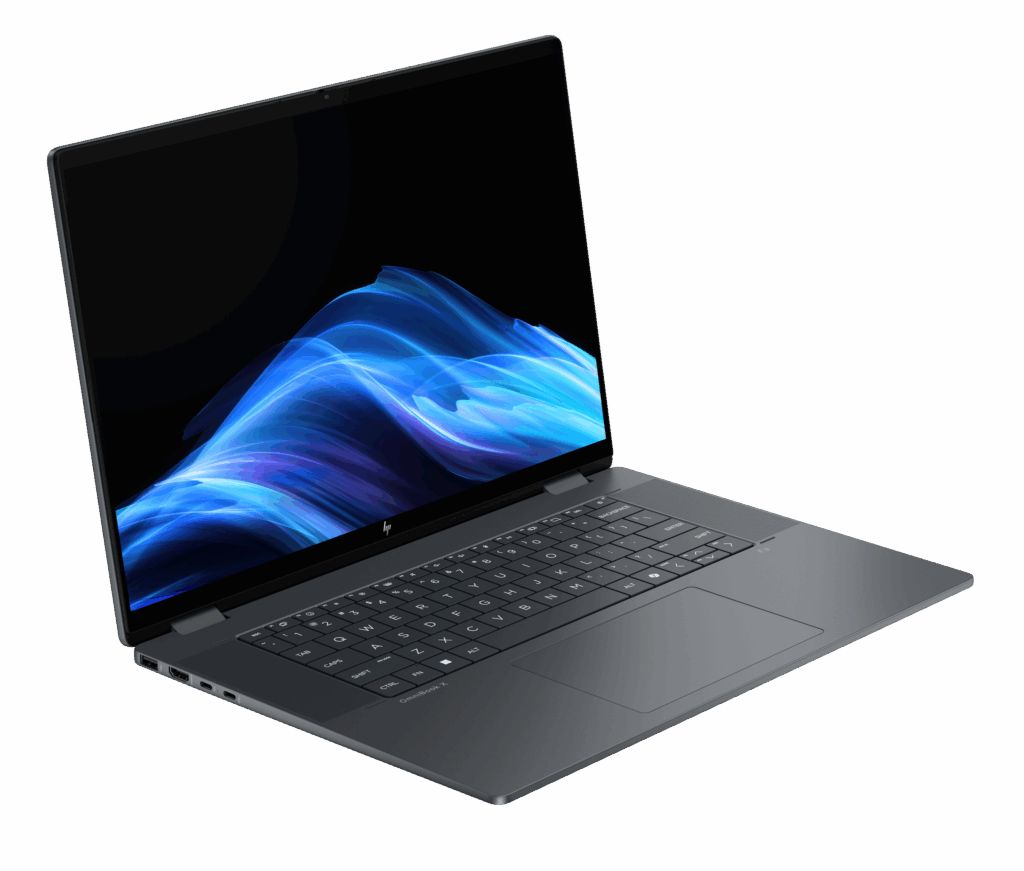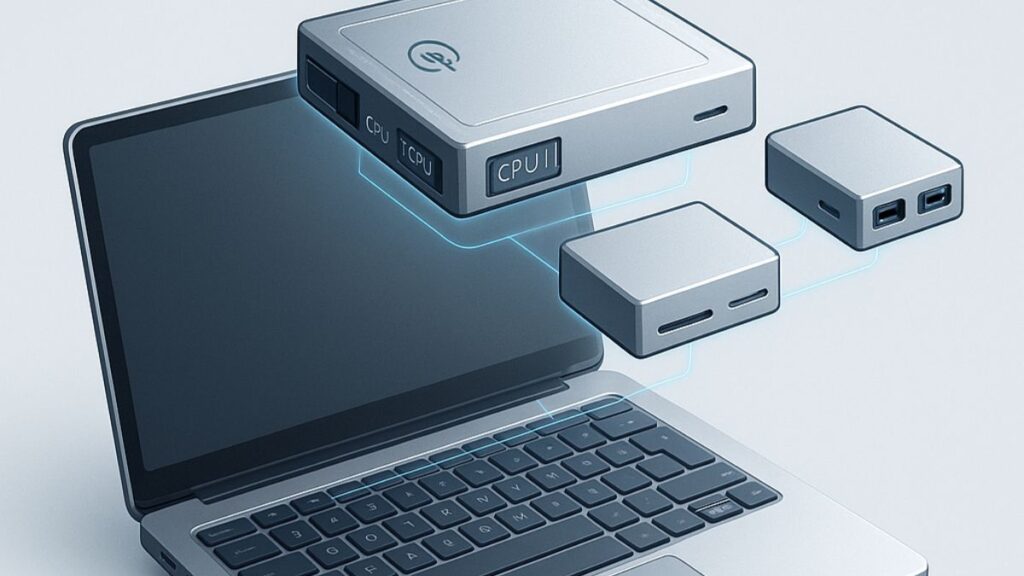Decisions, decisions. They say variety is the spice of life, and if that axiom is true then the selection of innovative Windows PCs is pretty spicy. Microsoft works closely with OEM partners like HP, Dell, and Lenovo to ensure the hardware they develop pushes the envelope of what Windows is capable of, and provides a solid experience for customers.
From one perspective Microsoft is a competitor. Ever since Microsoft began selling the Surface tablet line, it has encroached a bit on its partners’ territories. When a potential customer is considering a new computer, they can choose from the plethora of OEM options on the market, or buy a Surface Pro tablet from Microsoft.
Microsoft and its OEM partners understand the importance of a strong Windows PC ecosystem, though, and realize they have to cooperate as well as compete. Frankly, Microsoft developed the Surface tablet line as a flagship device to demonstrate what is possible—both from a hardware engineering perspective, and from Windows. It didn’t get into the tablet market with the intent of burning any bridges or offending the partners it depends on.
P is for Personal
I spoke with Jordan Chrysafidis, vice president of the US OEM Division at Microsoft, about the relationship Microsoft has with the OEM partners, and the role Microsoft plays in helping to guide or develop third-party hardware. He explained that Microsoft views the PC marketplace through many different sets of lenses—and that it takes a diverse selection of capabilities and form factors to address all of the unique scenarios customers face.
Chrysafidis explained, “[inlinetweet prefix=”” tweeter=”” suffix=””]The ‘P’ in PC is for ‘personal’.[/inlinetweet] It’s a very personal choice about what works for you and what you choose to use every day.”
Microsoft spends a lot of time talking with corporate customers and gathering feedback from executive leaders to learn about how customers use their PCs, and what features or capabilities are in demand. Chrysafidis told me there is a significant surge of wider and more varied use cases for technology, and addressing those needs requires an exponential curve of creativity.
Corporate customers also report that cutting edge technology helps them attract and retain top talent. Younger workers will make decisions to accept or keep a job based on the types of technology they’re allowed (or forced) to use. The emerging 2-in-1 hybrid laptop form factor is a very alluring way to meet demand for cutting edge technology without making life more complicated for IT.
The idea of a 2-in-1 is a device that either detaches completely from the keyboard so the display can be used separately as a standalone tablet, or a form factor that flips or twists in some way to give you a tablet experience when you want it. In both cases you have the option of using the 2-in-1 as a traditional laptop PC with all of the power and capabilities you expect, or transforming it to a touch-enabled, mobile-friendly tablet experience.
The 2-in-1 concept also provides a variety of advantages from an IT perspective. Some companies are outfitting employees with two separate devices—a laptop PC and a tablet. The 2-in-1 provides the functionality of both the PC and the tablet in one device, and IT can deploy and manage it as a single device. Because it’s a Windows device, and it’s still a Windows PC even when in tablet mode, IT can manage and protect it using Active Directory, Group Policy, and the other tools and services they’re already familiar with.
With all of that in mind, Microsoft has a vested interest in making sure there are Windows PCs, tablets, and 2-in-1 hybrids available in all shapes and sizes to accommodate all different use case scenarios. Microsoft has a dedicated engineering team that works closely with OEM partners to help them push the envelope in terms of innovation.
“We are trying to work very hard with our partners to deliver options for our customers,” summed up Chrysafidis.
Here are three examples of the types of innovative devices Microsoft’s OEM partners have created. All three are 2-in-1 designs that look and function like a traditional laptop, but with a display that is detachable to use on its own as a tablet. It’s an opposite approach with the same net result as a Surface Pro 3 with a keyboard cover—which is primarily a tablet that can also be a “laptop” with the optional keyboard:
HP Pro x2
The HP Pro X2 has a 12.5-inch FHD (full high definition) display that doubles as a tablet. It has the option of using an Intel Core i3 or Core i5 processor with Intel vPro technology that makes the device easier for IT to manage and maintain. The display / tablet has dual HD webcams and a smartcard reader. The detachable keyboard includes additional battery reserves, and a multitude of additional ports such as a full SD memory card slot, headphone jack, DisplayPort, two USB 3.0 ports, and a connector for the HP UltraSlim Docking Station.
There are a few optional features that make the HP Pro x2 more versatile, as well as more secure. You can choose the optional Wacom Pen, which stores inside the tablet, for handwriting and annotation directly on the display / tablet and HP offers 4G LTE capabilities so the HP Pro x2 can stay connected virtually anywhere. You can also select the optional fingerprint reader for simpler and more secure authentication to protect the device.
Dell Latitude 13 7000 2-in-1
Dell offers a 2-in1 with a larger display than the HP. The Dell Latitude 13 7000 2-in-1 has a 13.3-inch screen with 10-point capacitive touch on the detachable display / tablet. It uses an Intel Core M processor with Intel vPro, and comes equipped with a 2 megapixel front-facing webcam. The 8 megapixel rear-facing webcam is one of the many optional elements available along with the smartcard reader, fingerprint reader, NFC capabilities, the Dell Active Stylus pen, and 4G LTE wireless.
The Latitude 13 7000 2-in-1 is built to be rugged as well. It has been subjected to MIL-STD 810G testing to ensure its durability even in extreme conditions. It also has a spill-proof keyboard to protect against errant cups of coffee or other beverages and the touch display is protected with Corning Gorilla Glass to provide better touch sensitivity, brightness, and durability.
Lenovo ThinkPad Helix
The Lenovo ThinkPad Helix is the smallest of the three when it comes to display size with an 11.6-inch IPS display / tablet. It has ten-finger multitouch capabilities and Corning Gorilla Glass protection. The Helix has 3G / 4G, NFC, and Wi-Fi support to enable you to get connected and get stuff done almost anywhere. It also comes with front and rear-facing webcams, and offers an optional fingerprint scanner.
The most unique thing about the Lenovo Helix, though, is that the display can be flipped. You can detach the display from the keyboard, flip it 180 degrees so it’s facing backward, and snap it back onto the keyboard for meetings and presentations. It enables you to view and use the display without the keyboard in the way as a distraction.
So Many Choices
Microsoft designed Windows to function in a wide range of scenarios and use cases. It listens to its customers and works closely with its OEM partners to make sure there are options on the table to meet every need.
These are only three of a vast array of Windows PC options. That’s the point, and that’s what makes the Windows PC ecosystem so strong. It is completely up to you to choose between a desktop, laptop, tablet, or hybrid. It is your choice whether you use an 8-inch Windows tablet, or a Windows PC connected to a 32-inch UHD (ultra high definition) monitor. You can get a Windows PC with more processing power, or one that has more RAM or storage capacity. The choices are virtually endless.
On that note, would you like to have a Dell Latitude 13 7000 2-in-1 of your own? TechSpective has two of the Dell 2-in-1 hybrids to give away. All you have to do to enter is scroll to the bottom and sign up for our daily or weekly email newsletter. The two winners will be selected on February 1. Good luck!
- The Evolving Face of Ransomware — and How We Can Stay Ahead of It - August 15, 2025
- Why We Need to Treat AI Agents More Like Human Employees - August 13, 2025
- Why Data Must Be the Heart of Cybersecurity - August 8, 2025




Comments are closed.